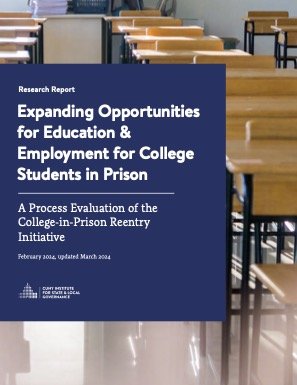By Megan Davey, Julia Yates & David McAlonan
The Electronic Monitoring (EM) as a Licence Variation (LV) project commenced as a pilot on 8 August 2022 in one probation region of England and Wales, which increased to five probation regions on 28 March 2023. The project allows probation practitioners in participating probation regions to vary a prison leaver’s licence by imposing electronically monitored conditions, where they believe that it would be beneficial to do so. This can take the form of Global Positioning System (GPS) location monitoring or Radio Frequency (RF) curfew monitoring. The EM as LV tool is intended for use on a discretionary basis by probation practitioners as a response to an escalation of risk or as an alternative to recall, as is the case with other licence variations, so as to support the successful completion of the licence period. Moreover, EM as LV should only be used as an alternative to recall when the recall threshold is met and the risk is assessed by probation as manageable in the community with additional licence conditions. The purpose of this process evaluation is to assess how the discretionary use of EM as LV has contributed to the management of people on probation in the community by HM Prisons and Probation Service (HMPPS) across the five participating probation regions. The evaluation is also intended to help identify any improvements that could be made as part of any future roll out of the intervention to further probation regions. This report summarises the findings of the process evaluation led by the Ministry of Justice (MoJ). It explores stakeholders’ views and experiences of the EM as LV project to understand how it has been operating, its perceived effects and its observed limitations. The process evaluation fieldwork was carried out during summer 2023. 1.1 Key findings between go-live in early August 2022 and the end of December 2023. The EM as LV data were also matched to management information (MI) recorded by the Probation Service using unique identifiers so as to obtain estimates of a set of protected characteristics and other variables, which were subject to missing values and potential data input errors. Comparisons were provided with respect to all prison leavers released on an adult licence over the same time period, where relevant. The qualitative data regarding stakeholders’ perceptions were obtained using primarily interviews that were conducted among police officers, probation practitioners, EM service provider staff and people on probation who were enrolled in the EM as LV project. The main limitation was that the views expressed by respondents were only representative of those individuals who chose to participate. In particular, the number of people on probation who responded was small.
Ministry of Justice Analytical Series: London: Ministry of Justice, 2025. 83p.





















